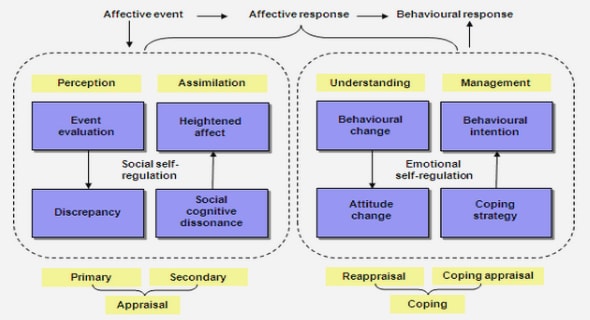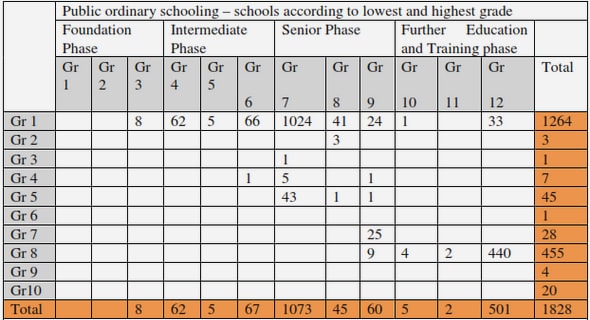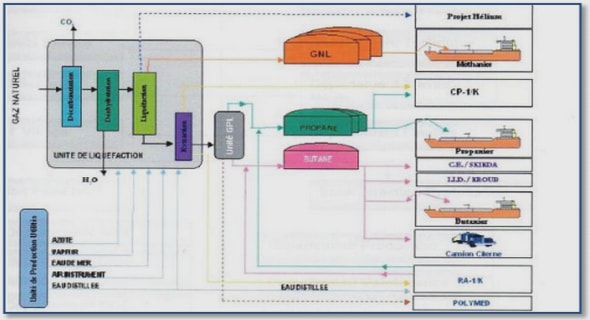Get Complete Project Material File(s) Now! »
Serum-virus microneutralisation test
The serum neutralising antibody titre in foal sera to each of the nine reference strains of AHSV (Howell 1962; McIntosh 1958) was determined by the serum neutralisation test (SNT) according to the procedure previously described for equine encephalosis virus (Howell et al. 2002). Briefly, each serum sample was inactivated at 56 °C for 30 min and serum dilutions were made in Minimum Essential Medium (Highveld Biological, Modderfontein, Gauteng, South Africa) with 2 g/l NaHCO3 (Merck, Wadeville, Gauteng, South Africa), 0.05 mg/ml gentamycin sulphate (Genta 50, Virbac Animal Health, Centurion, Gauteng, South Africa), and 5% foetal calf serum (Sigma-Aldrich, Johannesburg, Gauteng, South Africa). An estimated 100 TCID50 of cell-culture-adapted prototype strains of each AHSV serotype (courtesy of the Agricultural Research Council’s Onderstepoort Veterinary Institute (ARC-OVI), Gauteng, South Africa) were added to duplicate serial 2-fold serum dilutions (1:10 to 1:320), and plates were incubated for one hour at 37 °C prior to addition of a suspension of Vero (CCL81) (African green monkey kidney) cells containing an estimated 4.8 x 105 cells/ml. The development of any cytopathic effect was monitored daily for 4 to 5 days. Titres were determined as the reciprocal of the highest serum dilution that provided >50% protection of the cell monolayers. Titres of ≥10 were considered as positive.
Detection of IFN-γ producing cells after ex vivo stimulation with VP5 overlapping peptide pools.
The detection and phenotype of VP5-specific IFN-γ producing cells in vaccinated and unvaccinated horses are presented in Figure 5-5 and Figure 5-6 respectively. No VP5specific IFN-γ producing cells were detected in unvaccinated horses at any of the examined time points (Figure 5-5, lower panel). All specific reactions detected on days 28, 42 and 56 in ALVAC®-AHSV4 vaccinated group were significantly restricted to a cluster of peptide pools (peptide pools 1, 2 and 3) corresponding to the N-terminus of VP5 (Figure 5-5A, Student t-tests: p ≤ 0.002). As for VP2-specific responses, VP5-specific IFN-γ producing cells were boosted after the second vaccine injection and the CD8α+ T cells represent the main source of IFN-γ (Figure 5-6, upper panels). These responses showed a slight decrease on Day 56 although still significantly positive (Student t-tests: p ≤ 0.002). Additionally and similarly to VP2, a statistical significant increase of VP5-specific IFN-γ producing CD8α- cells was observed on Day 56 (Figure 5-6, lower right panel) (Student ttests: p ≤ 0.001).
Chapter 1 General introduction
1 Introduction
Problem statement
Hypotheses
Objectives
Application of results
Chapter 2 Review of the literature
Introduction
African horse sickness virus
Factors that influence the outcome of African horse sickness
Humoral immunity
Cell-mediated immunity
Methods for the assessment of host immunity to AHSV
Summary
Chapter 3 Passive transfer and rate of decay of maternal antibody against African horse sickness virus in South African Thoroughbred foals
Abstract
Introduction
Materials and methods
Study population and blood collection
Serum neutralisation test
Data analyses
Results
Discussion
Chapter 4 Serological response of foals to Polyvalent and monovalent live-attenuated African horse sickness virus vaccines
Abstract
Introduction
Materials and methods
Study population
Study design
Vaccine
Serum-virus microneutralisation test
Statistical analyses
Results
Treatment group I (n=16)
Treatment group II (n=15)
Treatment group III (n=15)
SNT titres of foals that received polyvalent vaccine (n=16) compared to those that received monovalent vaccines (n=30)
Discussion
Chapter 5 An African horse sickness virus serotype 4 recombinant canarypox virus vaccine elicits specific cell-mediated immune responses in horses
Abstract
Introduction
Materials and methods
Vaccine
Animals and vaccination schedule
Antibody detection
Cell isolation and antigen stimulation
ELISpot assay for the detection of IFN-γ producing cells
Flow cytometry for intracellular IFN-γ detection
Statistical analysis
Results
Detection of neutralizing antibodies to AHSV 4
Detection of global VP2/VP5-specific IFN-γ response by ELISpot
Detection of IFN-γ producing cells after ex vivo stimulation with VP2 overlapping peptide pools.
Detection of IFN-γ producing cells after ex vivo stimulation with VP5 overlapping peptide pools. Discussion
Chapter 6 General conclusions
References


